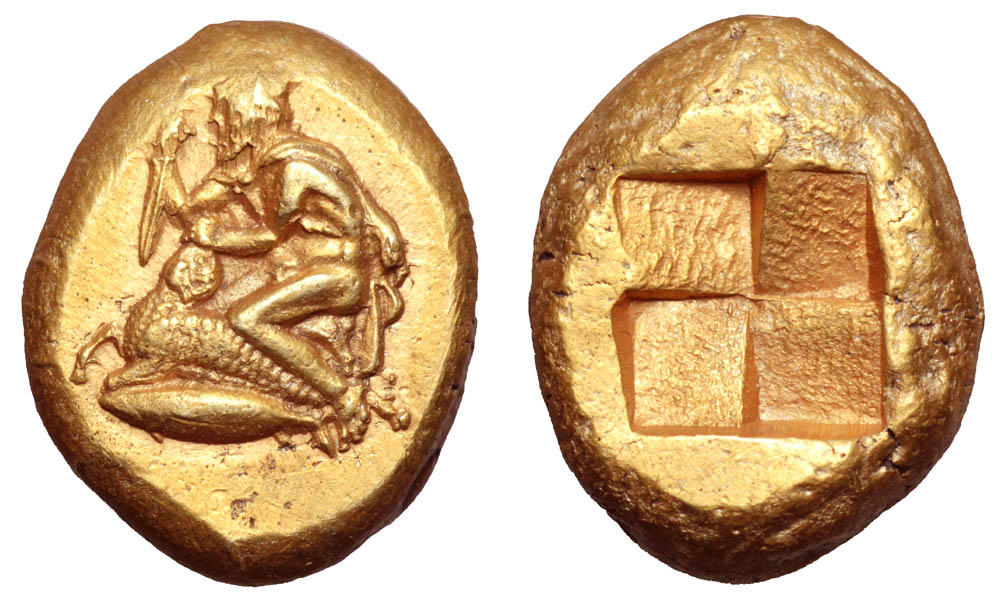My husband just sent me a beautiful thing: the restored recording of the world's first computer-generated music. Unsurprisingly, Alan Turing was involved. Starting in 1948, he used the tones generated by the Manchester Mark I and later Mark II to keep track of the computer's internal processes—"one note for 'job finished', others for 'digits overflowing in memory', 'error when transferring data from the magnetic drum', and so on"—meaning you can probably blame him in some distant ancestral sense for the Quacks, Sosumis, and Wild Eeps of the classic Apple Macintosh and that synthesized major chord I believe most of them still make when they boot up. In 1951, Christopher Strachey programmed the Mark II to play "God Save the King." The BBC recorded it and two other short musical programs later that year. From the severe frequency shifts of that recording, Jack Copeland and Jason Long calculated the correct speed at which the acetate disc needed to be played in order to reproduce the pitches actually generated by the Mark II, then digitally cleaned up some of the noise and stuck the whole two-minute recording online. It sounds a bit like a seasick cello. If you have perfect or even decent relative pitch, you will wince. The Mark II had a terrible ear. All three recorded melodies will sound—accurately—more or less out of tune to a human who can carry one with or without a bucket. I don't care. It makes me happy. I will buy a copy of the publication which contains Copeland and Long's full article when it's out. In the meantime, I have played a piercingly flat (and sometimes sharp) version of "God Save the King," "Baa Baa Black Sheep," and "In the Mood" five times in a row. Science is such a wonderful thing.
2016-09-29
And today, massive insomnia and being woken rather jarringly by the property manager knocking on the door to ask if now was a good time for her to fix the fan in the bathroom (it was not). My brain has felt like a cloudy chalkboard ever since. I really hope this fifth-century electrum stater from Kyzikos does portray Odysseus sacrificing a ram as part of the ritual of drawing up the dead in Book 11 of the Odyssey. I will never be able to own it, but its existence in the world will delight me.

